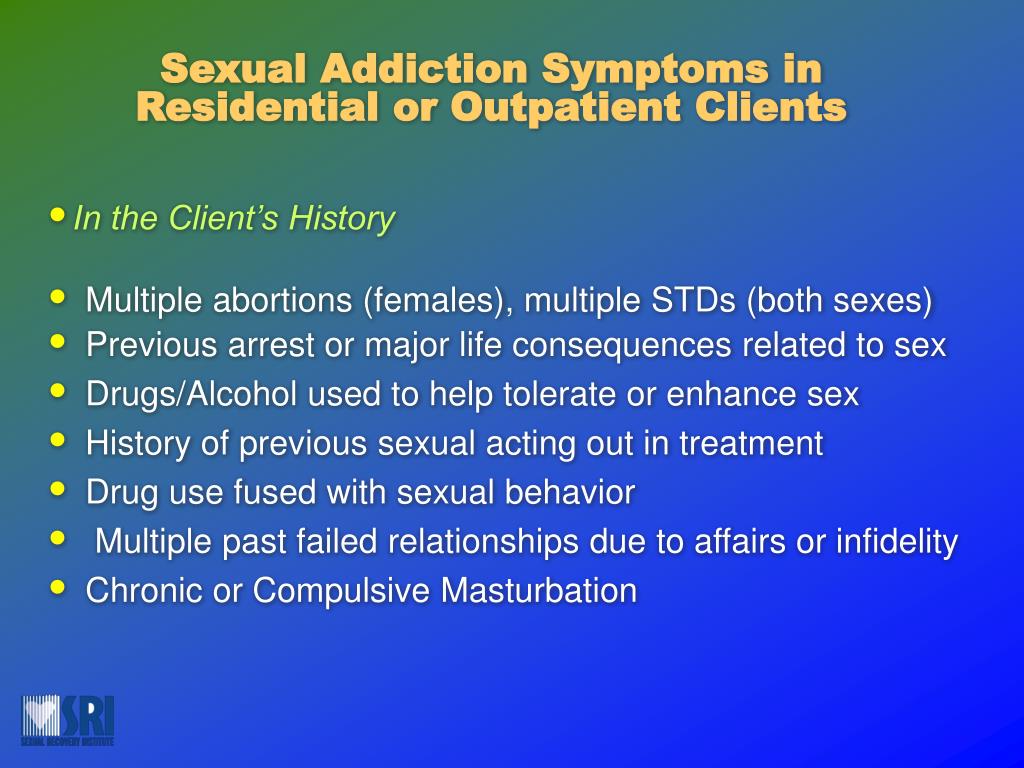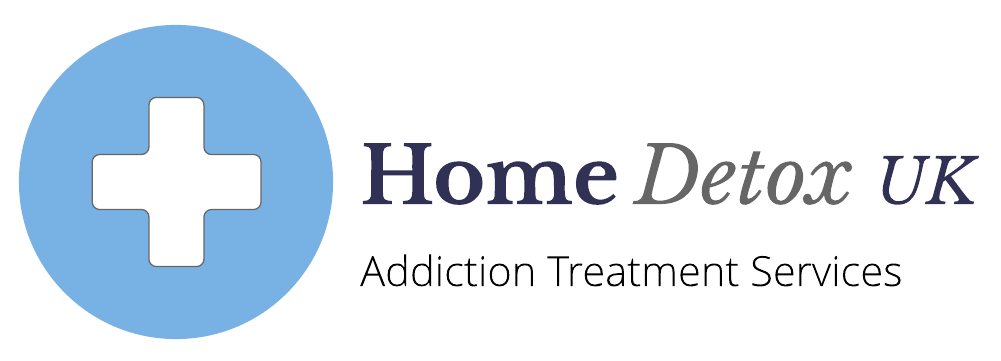The therapist can explain that the body functions relatively effectively to rid itself of moderate quantities of psychedelic compounds. However, excessive usage can damage organs and their Rehab Center interacting functions to the point of contributing to major health issues, including heart and lung impacts, weight management problems, and neurological and psychological conditions, among others.
Again, the customer's analysis of this tradeoff might differ extensively from the therapist's, so the therapist steps in most successfully when equipped with both an open mind and the capability to assert clear, precise information. Also, because customers are quite varied in their viewpoints and analyses of the risks and benefits of substance use due to psychoeducation about drug effects, the therapist stays mindful and responsive to the individual client's perspective and cultural norms (what is drug addiction treatment).
Even when the customer acknowledges the dangerous nature of substance use, the client for whom substance use issues have emerged in treatment likewise normally expresses some desire to continuing use to acquire the benefits regardless of the dangers, even significant ones. A psychoeducational stance allows the therapist to remain more neutral while still prompting assessment of various angles on the subject.
The human body has natural systems for getting reward and lessening damage from interactions with the environment, consisting of the usage of exogenous psychoactive compounds. Together these 2 sets of biological functions enhance the possibility that an individual will continue using drugs or alcohol. The therapist generally wishes to interact that if changes caused in the body by drugs are kept over a very long time by repeated drug usage, the capacity for detrimental effects continues to increase.
Nevertheless, the quick actions and blissful impacts of drugs with high addiction prospective supply strong gratification that can eclipse the user's interests in non-drug activities and awareness of delayed costs of compound use. Outcomes like tolerance and withdrawal can promote the user to participate in more frequent administration of greater quantities of drugs.
Some Ideas on What Are Some Forms Of Treatment Available To Those Suffering From Opioid Addiction? You Should Know
Therapists can assist compound utilizing clients to determine the characteristics of withdrawal, tolerance and reliance. Compound withdrawal. Concerning withdrawal, some customers may not know that specific signs they experience are attributable to the chemicals they are ingesting. Therapists can assist educate such clients to the symptoms usually connected with the particular drugs the customer has used (or is interested in utilizing).

Other clients are acutely knowledgeable about their compound withdrawal signs, however state they have discovered to cope with them or do not believe there is much they can do about them. Still others believe they are funny, all just part of a great night on the town. Whatever the client's perspective, the therapist motivates the customer to elaborate, and then to consider possible interventions to deal with the client's own symptoms.
With respect to tolerance, the therapist notifies the customer that even if the user's experience of a drug's results is lessened as tolerance establishes, it does not indicate the possible or real damage is minimized. In truth, while tolerance does not ensure issues, it might well increase the seriousness of an addictive condition, particularly personallies who are genetically, medically, or emotionally susceptible.
Some customers who utilize substances plainly take pride in their high tolerance for their drugs of option (what is the treatment for drug addiction). Trying to encourage a client this is risky will most likely just raise resistance. However a psychoeducational intervention helps with equivalent factor to consider of various perspectives on the exact same subject, consisting of awareness of reasons to feel nonchalant or smug in addition to factors to be concerned about customers' reported capabilities to manage themselves when intoxicated.
Addiction. Compound reliance, a term familiar to readers of the DSM-IV, was often corresponded with addiction, however the term "Substance Reliance" was gotten rid of from the DSM-5, in efforts to improve diagnose and streamline its description. The DSM-5 still refers to "Substance-related and addictive conditions" in the general heading for the whole diagnostic classification, while the severity of the condition is now described in terms of the number of signs reported or displayed by the client.
The Basic Principles Of What Kind Of Treatment Is Recommended For Prescription Drug Addiction
Firstly there is excellent confusion in the public, the media, and even amongst researchers and specialists about how to identify chemical dependency from typical, unproblematic compound usage. Terminology, explanations, and implications differ widely throughout individuals utilizing them. The therapist models versatility through determination to honestly acknowledge numerous, even clashing perspectives as they emerge.
Second, many substance users fear or resent the label of dependency, and may have little wish to talk about or find out about it. An advantage of a psychoeducational method is the capacity to present material in an abstract or gotten rid of fashion, even with an explicit declaration that the details may or might not be relevant to the client.

Customers might use comments about their own circumstances in reaction to learning generalized material, or they may soak up information the therapist shares without explaining in words a response. The mindful therapist watches and listens for the client's nonverbal along with spoken responses to psychoeducational product. A facial expression, a change in body posture, or a wordless sigh or groan each functions as hints for the therapist to invite comment. Therapists can offer methods and clarify procedures by which clients can actively take part in deliberate change procedures. Customers regularly benefit from a therapist's guidance regarding identification and weighing of options, selection from amongst options, and application of new techniques through regular practice. Especially since lots of individuals who meet requirements for compound usage disorders have actually over-learned expectations of immediate satisfaction, therapists likewise require to emphasize patience with the steady, approximate nature of modification.
A therapist can reinforce the client's dedication to decisions to avoid relapse by creating alternative viewpoints and strategies to promote much healthier coping activities. After clarifying potential barriers to treatment goals, the customer and therapist broaden the relapse avoidance plan by defining new ways of thinking of issues and issues, brand-new methods for handling tough emotions and disruptive habits, and brand-new ways for the customer to inhabit time.
Engaging clients in brand-new recreation and assisting them develop occupational choices is essential in preparing to avoid regression. Rewarding abstinence from compound usage, both total and partial, and also reinforcing alternatives to intake of drugs or alcohol are empirically supported methods for increasing motivation for modification (Miller, 2006). Common consider reliable therapies include improving a client's behavioral control skills and altering support contingencies to incentivize abstinence (Carroll and Roundsaville, 2006).